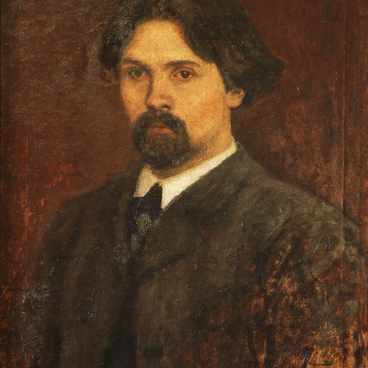A chum is a typical dwelling of northern nomadic peoples, including Evenks. It is a conical-shaped house made of 25–30 wooden poles. In summer, chums are covered with boiled birch bark, and in winter — with stitched together reindeer skins. A chum is about five meters in diameter: the hearth and sleeping places must fit inside.
It was traditionally women’s responsibility to prepare, assemble and equip the chum. First, they put up the frame made of three smoothly planed poles, which they tie at the top with thin roots or osier twigs. Then the women would lean additional poles to the top end and cover the resulting frame with birch bark and animal skins by tying one end to a pole and stretching the other end.
To make a summer cover, birch bark is removed from birches in spring, rolled into rolls and boiled in water. Then birch bark rolls are sewn together and used as cover for the chum’s frame. For durability these covers are tied to poles with deerskin belts. Deerskin can be used instead of birch bark in summer time too.
The topmost peak of the chum is not covered: it is both a smoke hole and a window through which light enters the house. Under the always open “window”, exactly in the center of the tent, there is a fire over which food is cooked.
In summer, Evenks sleep in chums on reindeer skins, and in cold weather they prepare additional mats and special sleeping bags made of reindeer skins. In winter they lie down with their heads toward the hearth so that they can light a fire without getting out of bed. Firewood and kindling are stored in the evening to keep the heat in at night.
The host of the chum invites his dear guests to sit next to him, behind the hearth. This place called “malu” has always been considered an honorable place among Evenks. Women and children are placed on the sides of the entrance on the “be” places. In some Evenki houses, when male guests arrive, the host and hostess take the “be” seats, and the “malu” is completely at the disposal of the guests.
The area to the left and right of the entrance is
reserved for storing household utensils and items, hides, firewood, and food
supplies. The poles of the chum are transported on special long sledges, and
the cover of heavy skins is pulled by at least two reindeer. Nowadays, more
modern materials — sailcloth and tarpaulin — are also used as walls.


